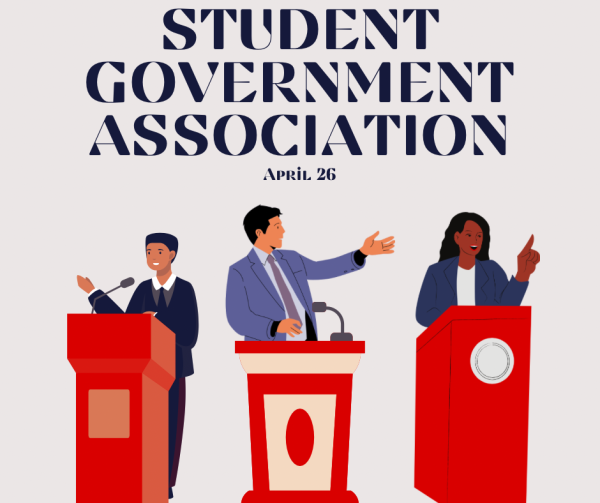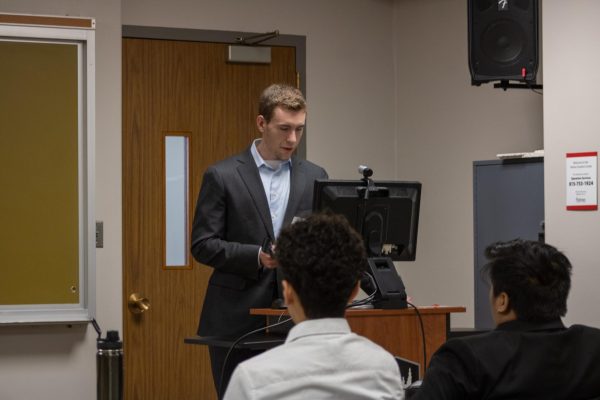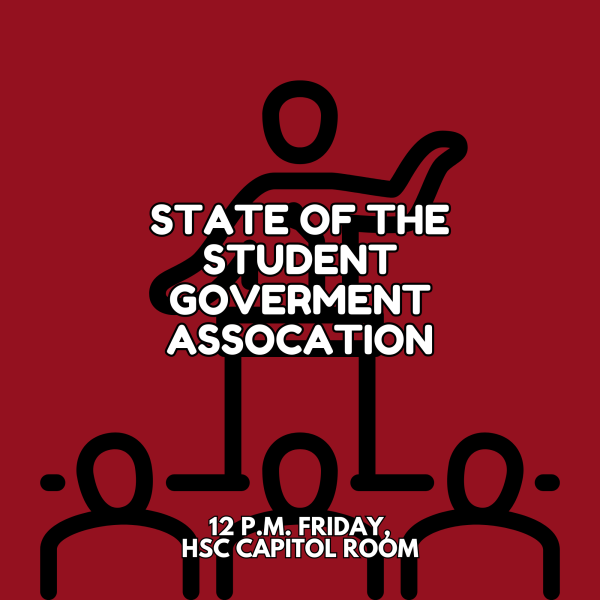Candidates on education
November 1, 2004
Higher education hasn’t been a major talking point for both major presidential candidates, but both have definite plans to improve funding for college students.
For higher education, the biggest item talked about by both parties this election year has been Pell Grants, said Barbara Burrell, associate director of NIU’s public opinion lab.
President George W. Bush plans to increase loan limits for first-year students from the current amount of $2,625 to $3,000 and allow low-income students who complete the State Scholars program in high school to receive up to an additional $1,000 in Pell Grant funding. He also plans to offer incentives to states that make it easier for community college credits to transfer to four-year universities.
Bush also plans to provide $125 million in grants to dual enrollment programs for high school students to take classes at their local community college while they are still in high school. Specifics on how these goals will be achieved have not been outlined.
“It’s not something they have been emphasizing,” said Ferald Bryan, associate professor in the communication department. “[Sen. John Kerry] mentioned it very briefly in the last debate.”
Kerry plans to offer a “college opportunity tax credit” of up to $4,000 of tuition costs for every year of college. The credit would be available to families having trouble paying for college and to students paying their own way. It would provide a 100-percent credit for the first $1,000 of educational expenses and 50 percent of the next $3,000.
Additionally, Kerry wants to simplify the student aid application and allow students to apply for college on a postcard. He also wants to reward colleges that do a good job ensuring their students graduate and offer aid to states that keep tuition costs down. However, the information provided by the Kerry campaign office does not specifically address how these goals will be met.
As far as the education issue, most of the emphasis has been on K-12, not higher education, Bryan said.
“This is why we are pushing the P-20 program,” Bryan said. “It changes the entire vocabulary and focus on the entire education process.”
P-20 is a preschool to graduation program that links learning programs at area grade schools, high schools and colleges to help smooth the transition into successive grades.
One reason higher education has not been a focal point in the campaigns could have to do with campaign techniques.
“Candidates rarely speak at colleges anymore,” Bryan said. “If they did, they would be obligated to address higher education issues.”
A focus on higher education is not what is needed right now, Burrell said.
“The attention needs to be on ending the war in Iraq,” she said.
Other educational issues
Championed a 2002 overhaul of elementary and secondary education that toughened standards for teachers, schools and student achievement and spurred education spending overall. Budget proposal would increase spending on low-income school districts, children with disabilities, Pell grants to help low-income students attend college and experimental private-school voucher programs. The plan would cut spending on vocational education and family literacy programs.
Establish a community service plan for high school students
that would qualify them for the equivalent of their states’ four-year public college tuition if they perform two years of national
service; provide a tax credit for every year of college on the first $4,000 paid in tuition – the credit would provide 100 percent of the first $1,000 and 50 percent of the rest; opposes private-school vouchers; wants to establish an education trust fund to help pay for school reforms.












